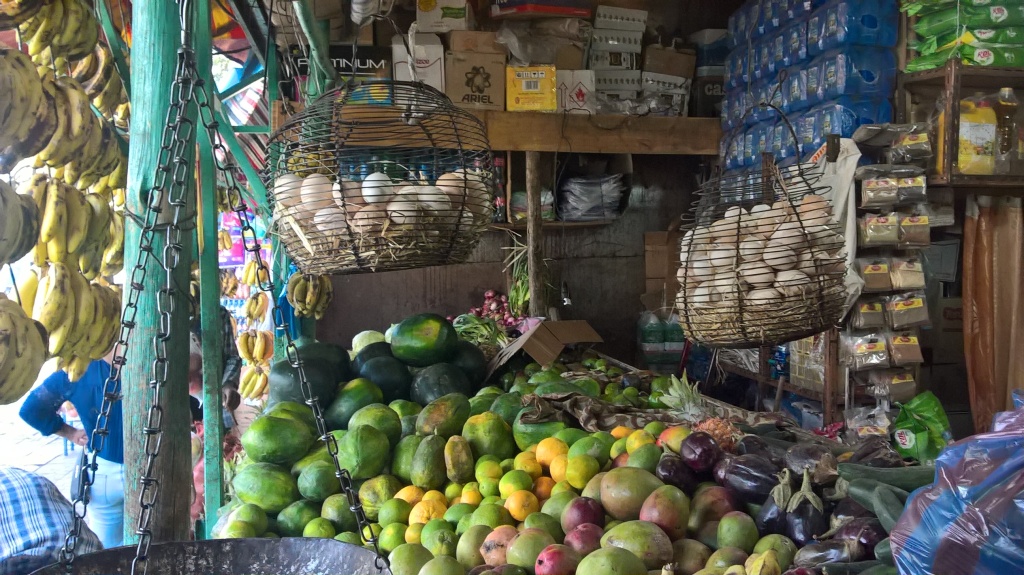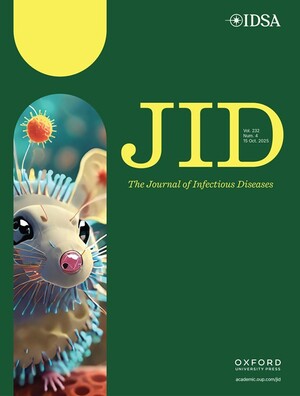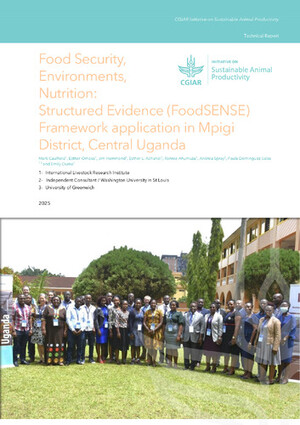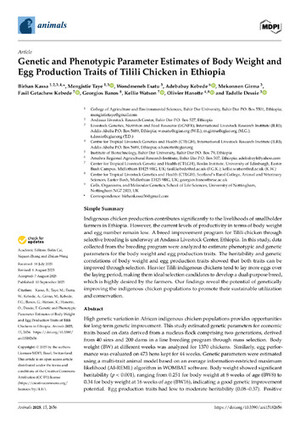
New research provides estimates of foodborne disease burden in Burkina Faso and Ethiopia
Foodborne disease is a significant global health problem, with low- and middle-income countries disproportionately affected. Given that most fresh animal and vegetable foods in these countries are bought in informal food systems, much of the burden of foodborne disease here is also linked to informal markets.
Developing estimates of the national burden of foodborne disease and attribution to specific food products will inform decision-makers about the size of the problem and motivate action to mitigate risks and prevent illness.
A new research study, published in Frontiers in Sustainable Food Systems (Nov 2022), provides estimates for the burden of foodborne disease caused by selected hazards in Burkina Faso and Ethiopia and attribution to specific foods.
Country-specific estimates of the burden of disease in 2010 for Campylobacter spp., enterotoxigenic Escherichia coli, Shiga-toxin producing E. coli and non-typhoidal Salmonella enterica were obtained from the World Health Organization (WHO) and updated to 2017 using data from the Global Burden of Disease study.
Attribution data obtained from WHO were complemented with a dedicated Structured Expert Judgement study to estimate the burden attributable to specific foods. Monte Carlo simulation methods were used to propagate uncertainty.
The burden of foodborne disease in the two countries in 2010 was largely similar to the burden in the region except for higher mortality and disability-adjusted life years due to Salmonella in Burkina Faso.
In both countries, Campylobacter caused the largest number of cases, while Salmonella caused the largest number of deaths and disability-adjusted life years.
In Burkina Faso, the burden of Campylobacter and enterotoxigenic E. coli increased from 2010 to 2017, while the burden of Salmonella decreased.
In Ethiopia, the burden of all hazards decreased. Mortality decreased relative to incidence in both countries.
In both countries, the burden of poultry meat (in disability-adjusted life years) was larger than the burden of vegetables.
In Ethiopia, the burdens of beef and dairy were similar, and somewhat lower than the burden of vegetables.
The burden of foodborne disease by the selected pathogens and foods in both countries was substantial.
Uncertainty distributions around the estimates spanned several orders of magnitude.
This reflects data limitations, as well as variability in the transmission and burden of foodborne disease associated with the pathogens considered.
Citation
Havelaar, A.H., Sapp, A.C., Amaya, M.P., Nane, G.F., Morgan, K.M., Devleesschauwer, B., Grace, D., Knight-Jones, T. and Kowalcyk, B.B. 2022. Burden of foodborne disease due to bacterial hazards associated with beef, dairy, poultry meat, and vegetables in Ethiopia and Burkina Faso, 2017. Frontiers in Sustainable Food Systems 6: 1024560.
Photo credit: Fruit and vegetables on sale alongside other food items in a local market in Addis Ababa, Ethiopia (ILRI/Geraldine Klarenberg)




















